Ha Long celebrates 20 years of World Heritage
 |
| Natural beauty: Tourists flock to Ha Long Bay. The local tourism sector has introduced various products to turn the bay into a tourism hub in northern Viet Nam. - VNA/VNS Photo Thanh Ha |
The show took place alongside a ceremony on Saturday marking the 20th anniversary of Ha Long Bay's UNESCO World Natural Heritage title.
At the ceremony, the provincial leaders launched a tourism promotion programme titled Nu Cuoi Ha Long (Ha Long Smile). Nine leaders smiled warmly and created heart shapes with their hands to kick off the programme, which aims to turn the locality into a place of smiles, hospitality, friendliness and politeness.
Nguyen Thien Nhan, chairman of the Viet Nam Fatherland, congratulated local leaders and people. He also expressed hope that the locality would continue to preserve the area's natural heritage while seeking to draw tourists.
In 1994, Ha Long Bay was listed in the UN cultural agency's list of World Natural Heritage sites, an important turning point in the conservation process. Since then, the bay's natural value has been preserved and many unique tourism products have been introduced.
Activities marking the occasion included a photo and souvenir exhibition on the Bay and several workshops on heritage preservation.
Preserving values
Recent conservation projects had "preserved the bay's special and unique value" while also developing tourism and services, "contributing to the locality's economic growth", vice chairwoman of the provincial People's Committee Vu Thi Thu Thuy told participants at a workshop.
Head of the UNESCO office in Viet Nam Katherine Muller-Marine appreciated the efforts made by local managing agencies in conservation tasks. She noted their sharp decisions in dealing with issues outside the heritage site like building new roads, the growth of floating villages and unsustainable fisheries.
However, President of the National Cultural Heritage Council Luu Tran Tieu noted that despite its socio-economic benefits, tourism also negatively affected the environment, landscapes and ecosystem in the region. He emphasised the need for sustainable tourism management plans, such as making tourist forecasts and studying tourism's impacts on the site as well as its visitor capacity.
Meanwhile, Nguyen Viet Cuong from the Cultural Heritage Department suggested Quang Ninh continue implementing the 2010-20 fisheries development and protection master plan, which aims to relocate floating fishing villages in the Bay and rearrange aquaculture farms.
The province should also try to attract more locals to take part in conservation work and strengthen international co-operation in this field, he added.
On December 17, 1994, UNESCO designated the Bay a World Heritage site of globally outstanding value in terms of natural landscape. Official recognition was extended in 2000, and one year later, Ha Long Bay outranked 261 other landscapes around the globe to become one of the seven new natural wonders of the world.
Since then Ha Long Bay has welcomed nearly 25 million visitors, turning Quang Ninh into a tourism magnet.
Located 165km from Ha Noi, Ha Long Bay covers an area of 43,400ha including over 1,600 islands and islets, most of which are uninhabitated. UNESCO describes the bay as a "spectacular seascape of limestone pillars" and an "ideal model of a mature karst landscape developed during a warm and wet tropical climate".
What the stars mean:
★ Poor ★ ★ Promising ★★★ Good ★★★★ Very good ★★★★★ Exceptional
Latest News
More News
- Traditional Vietnamese crafts go digital to boost global reach (July 17, 2024 | 18:11)
- Standard Chartered Hanoi Heritage Race holds meet & greet (June 29, 2024 | 09:00)
- IFF Holdings, Marriott International open luxury hotel, residences (June 24, 2024 | 15:54)
- New Zealand Trade and Enterprise partners with major retailers to bring premium products to Vietnam (May 24, 2024 | 11:43)
- Vietnam’s tourism brand in need of methodical marketing strategies (May 17, 2024 | 07:52)
- Muong Thanh Group sets record for largest simultaneous Thai Xoe dance performances (May 08, 2024 | 11:42)
- Trang An marks 10th anniversary as UNESCO World Heritage Site (April 30, 2024 | 09:00)
- Visiting Trang An Heritage Region 2024 to join Trang An Festival (April 29, 2024 | 08:57)
- Le Méridien Saigon launches new series of Chefs' Table (April 15, 2024 | 15:35)
- Promoting Vietnam's tourism in Hollywood (April 13, 2024 | 08:00)




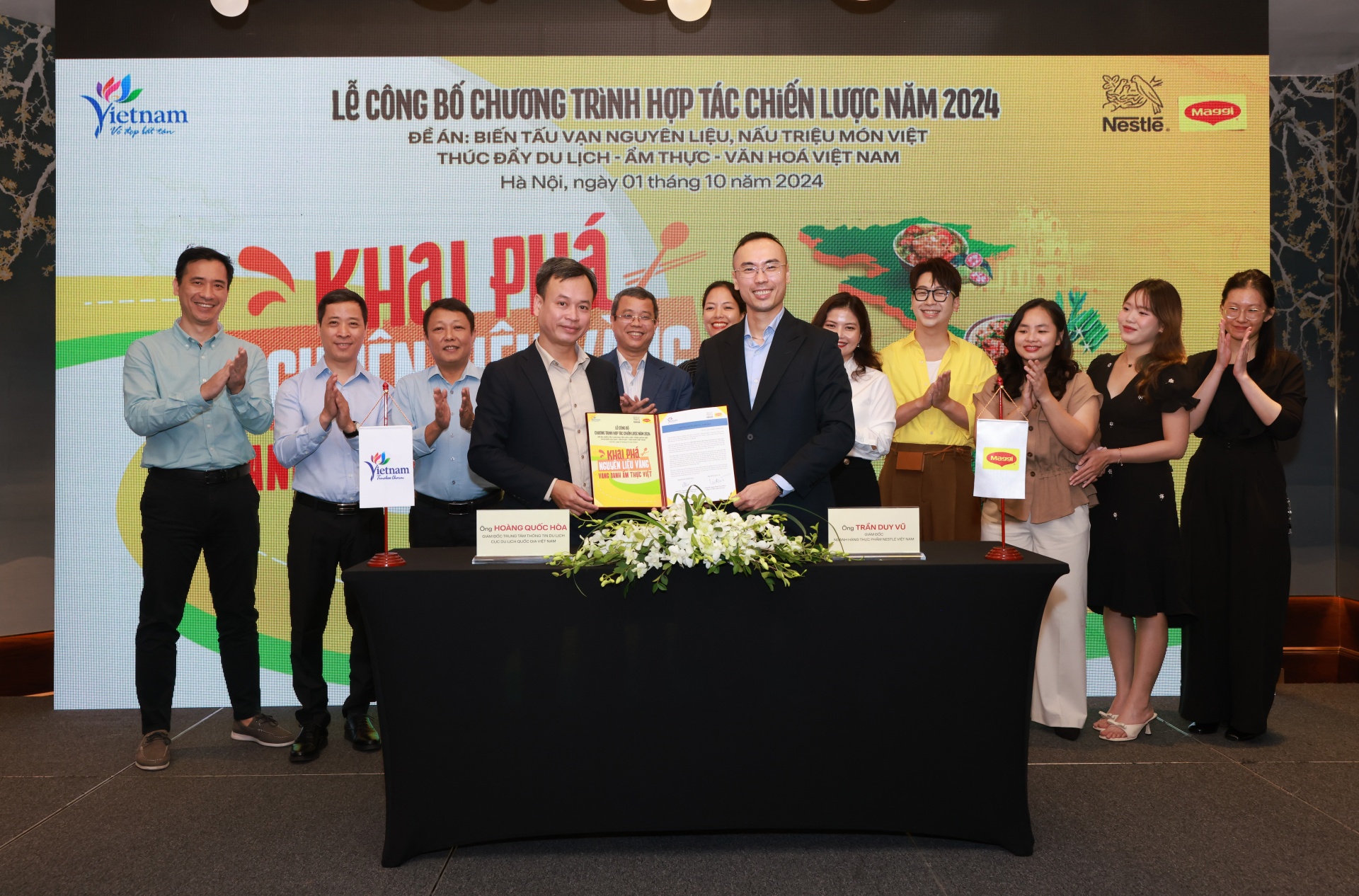
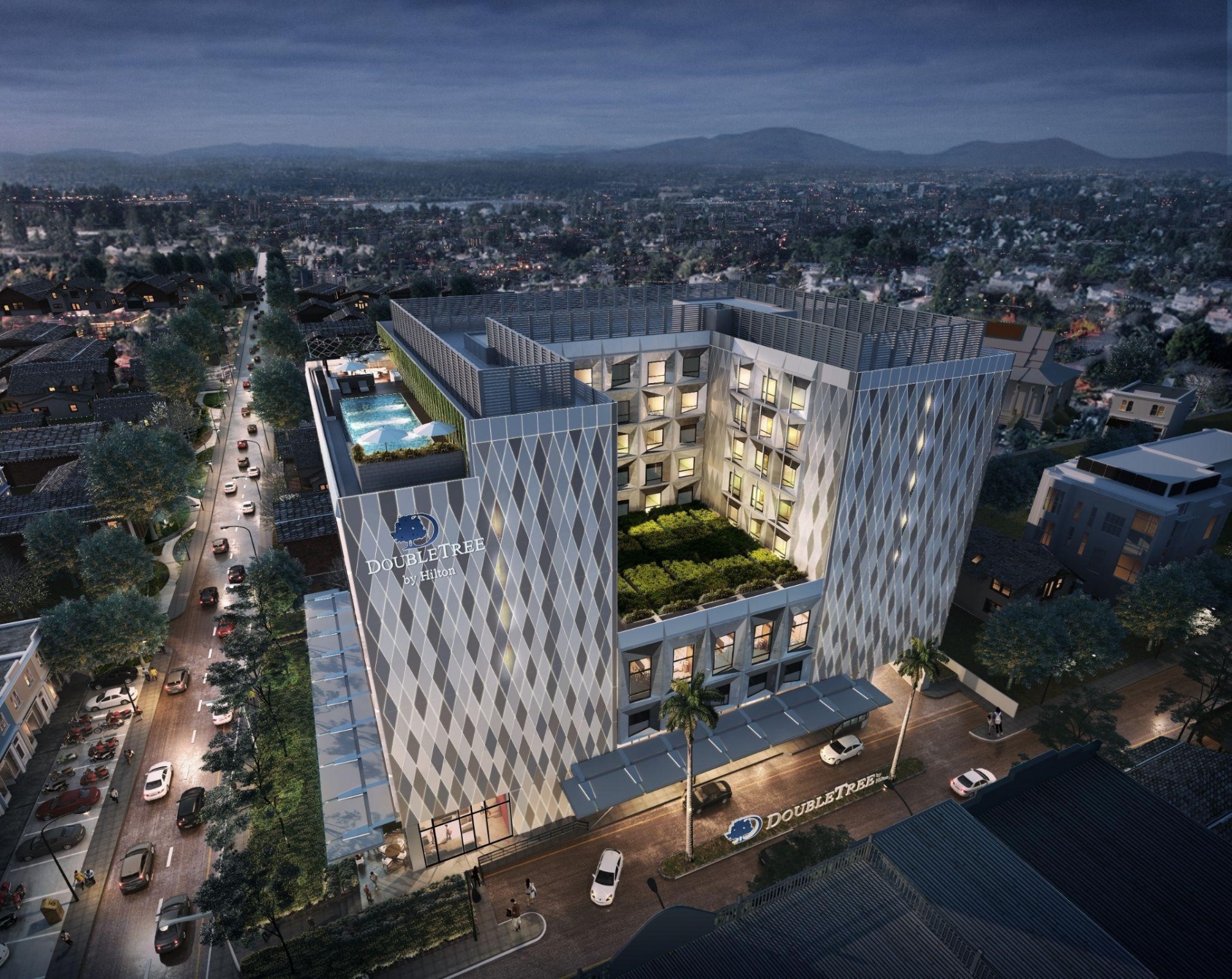
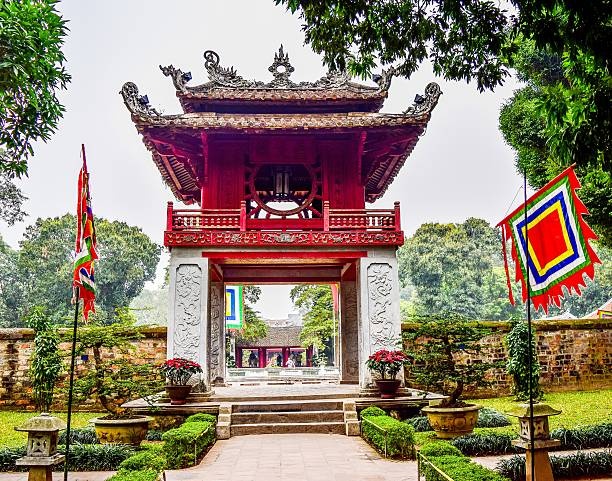
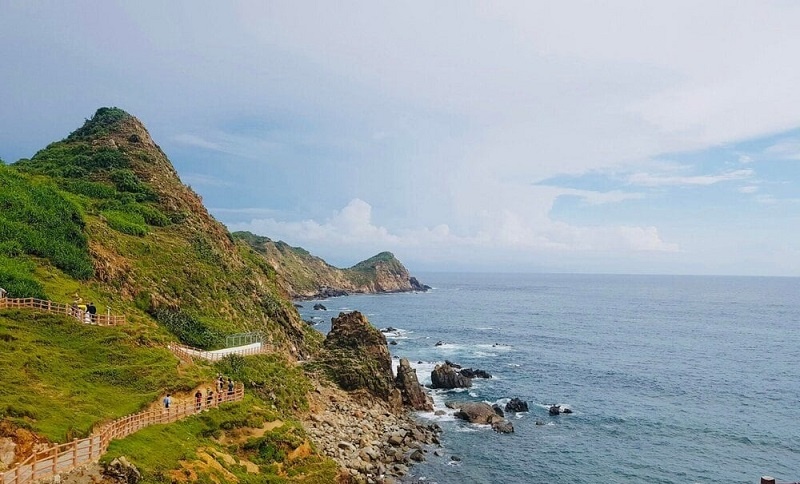
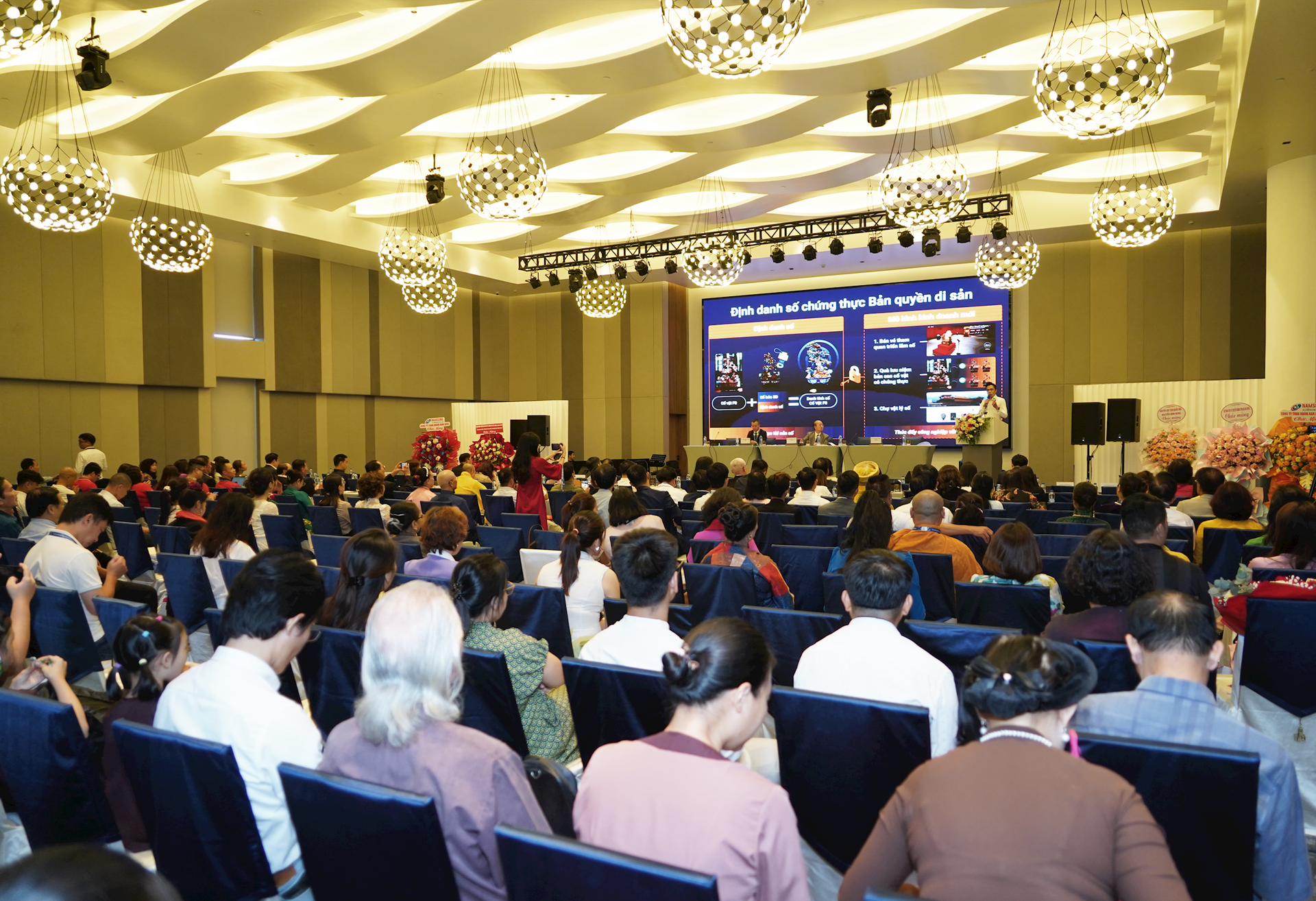








 Mobile Version
Mobile Version